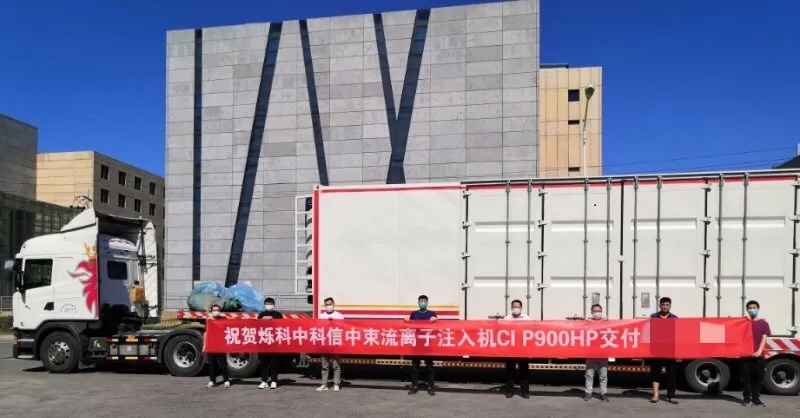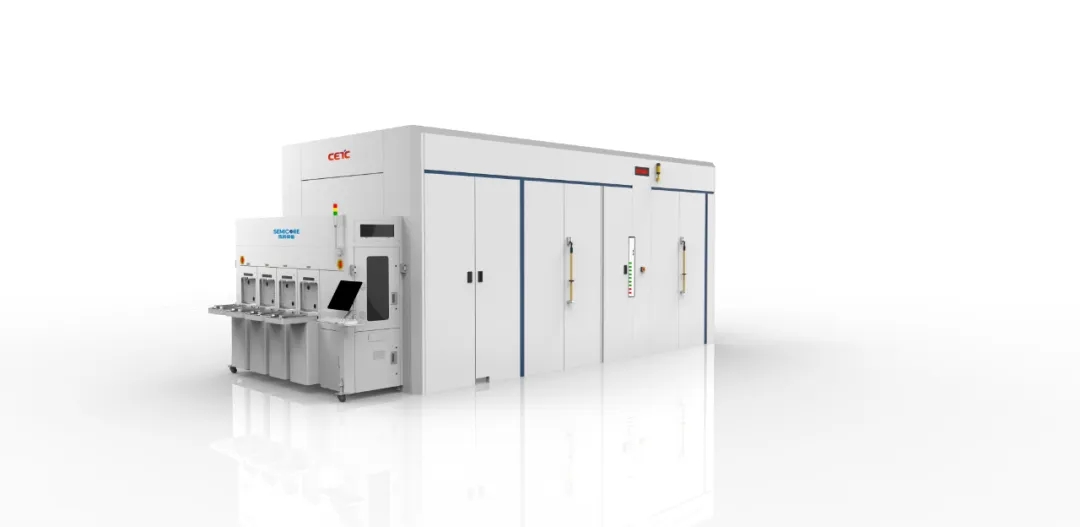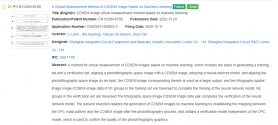I'm curious what the Chinese government has done lately to advance the cause of technological self-sufficiency in semiconductors? In the recent interview article from Asia Times, a Harvard expert on Chinese policy, William Overholt, made the following observation:
In short, decades of "business as usual" subsidies to the semiconductor industry did not succeed in China because the money was essentially swallowed by special interests, corruption, waste, etc. But if the Chinese government goes into crisis mode and declares a national emergency, then there's a solid chance of success, as with satellites, nuclear weapons, and the space program.
What signs are there that the Chinese government is going into crisis mode for the semiconductor industry? I remember a wave of activities around 2017 when Trump first started targeting Huawei, but it feels as though efforts have slowed down recently? Shouldn't the Biden sanctions be setting off national emergency mode?
And what’s going to happen on the Chinese side? In China, industrial policy has an implicit switch with one setting of business as usual. Barry Naughton of the University of California, San Diego, has a wonderful organization chart of how the government subsidies usually get to the final users: a crazy-looking flow chart that guarantees wasted money. So far, perhaps US$150 billion went to the Chinese semiconductor industry and they didn’t catch up an inch.
The other setting of the switch: Emergency! Important! The nation depends on this! The space program success is a leading example. You clear out local interests, you clear out seniority, you clear out party politics, you hire the best people, you pay them whatever it takes.
You bring in whatever expertise you need from anywhere in the world and you build one hell of a program very fast. I think Biden’s sanctions will lead China to flick the switch to the emergency setting and then China will succeed.
In short, decades of "business as usual" subsidies to the semiconductor industry did not succeed in China because the money was essentially swallowed by special interests, corruption, waste, etc. But if the Chinese government goes into crisis mode and declares a national emergency, then there's a solid chance of success, as with satellites, nuclear weapons, and the space program.
What signs are there that the Chinese government is going into crisis mode for the semiconductor industry? I remember a wave of activities around 2017 when Trump first started targeting Huawei, but it feels as though efforts have slowed down recently? Shouldn't the Biden sanctions be setting off national emergency mode?



